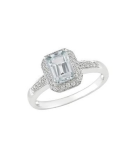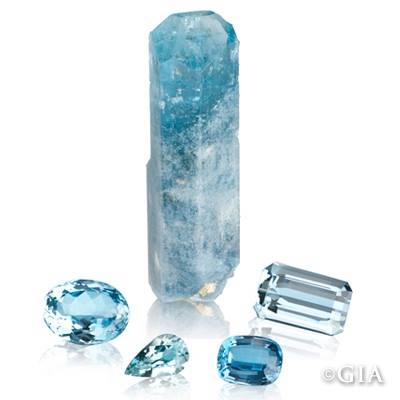Natural gemstones, as long as they are colorless, can stand in as diamond simulants. Natural colorless gemstones used as diamond simulants include beryl (goshenite), corundum (white sapphire), quartz, spinel, topaz and zircon. All these gemstones also exist in synthetic synthetic form, and all except for zircon can be easily distinguished from diamond because of its lower Refractive Index (RI) and dispersion.
Take a look at these pictures, can you tell these stones apart?
- 1
- 2
- 3
- 4
- 5
- 6
Diamond is a single refractive gemstone whereas zircon is a double refractive gemstone. So under magnification, you will see double images of the opposite facets. Natural zircon comes in an array of rainbow colors. Heating made its colorless form more common in the 20th century to be used as diamond simulant that dominated the market a while. Due to its softness, zircon chips and scratches easily. And because of heating, zircon becomes brittle. For these drawbacks, zircon is rarely used as a simulant these days.
1. Ippolita Silver Rock Candy Ring in Clear Quartz (Image credit: Polyvore)
2. Goshenite Engagement Ring 2.52 carat in 14k White Gold (Image credit: Resa Wilkinson Jewelry)
3. Celyon 3-gems White Sapphire Ring 1.6 carats in 14k White Gold (Image credit: Planetary Gems)
4. Emerald cut White Topaz Ring (Image credit: Polyvore)
5. White Zircon Ring (Image credit: AJG Gems)
6. White Spinel Class Rings (Image credit: Imagarcade)








